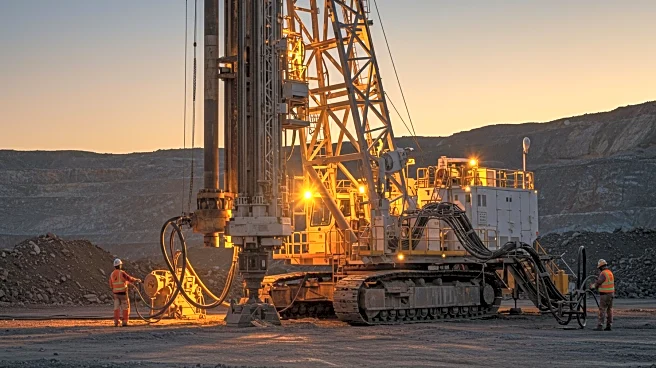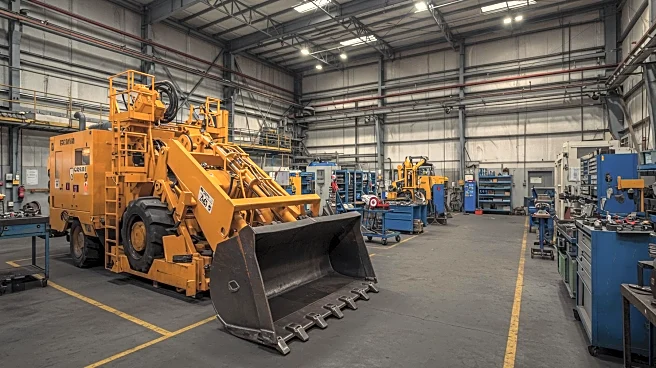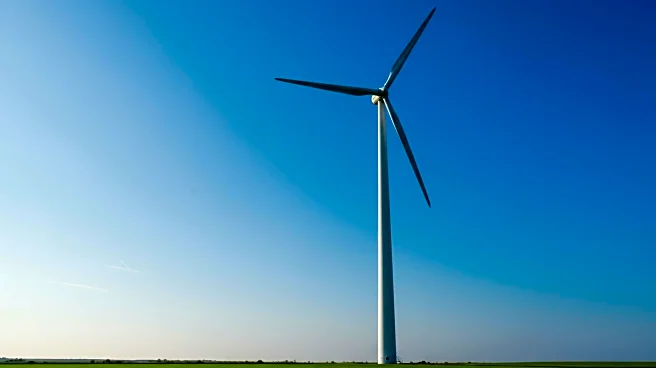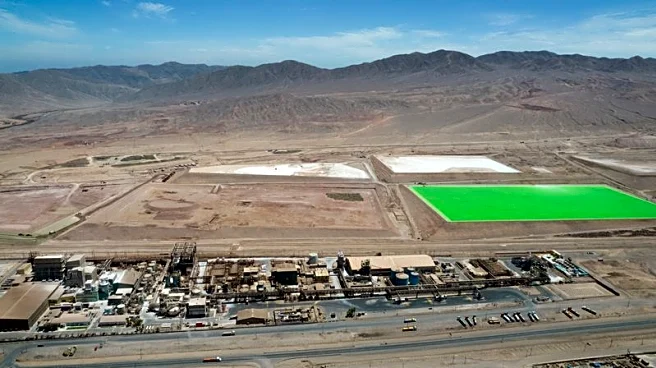What is the story about?
What's Happening?
Chilean mining company Antofagasta has announced a significant increase in its half-year core earnings, reporting a 60% rise due to higher copper production and increased prices. The company's earnings before interest, tax, depreciation, and amortization (EBITDA) reached $2.23 billion, surpassing analysts' expectations. This growth is attributed to the rising demand for copper, a crucial material for energy transition applications. Antofagasta, primarily owned by Chile's Luksic family, has also declared a dividend increase to 16.6 cents per share. The company is expanding its copper output, anticipating a 30% growth in the medium term. Despite global trade concerns affecting other mining companies, Antofagasta's results remain strong, with plans to increase capital expenditure significantly in the second half of the year.
Why It's Important?
The surge in Antofagasta's earnings highlights the growing demand for copper, driven by the global shift towards green energy and the expansion of electric vehicle production. Copper is essential for power and construction industries, and its demand is expected to rise further with emerging technologies like AI-powered data centers. This trend benefits mining companies like Antofagasta, positioning them as key players in the energy transition. However, environmental concerns, such as those affecting the Twin Metals project in Minnesota, pose challenges to expansion efforts. The company's ability to navigate these issues will be crucial for sustaining growth and meeting future demand.
What's Next?
Antofagasta plans to increase its capital expenditure to $3.9 billion in 2025, focusing on projects like the Centinela concentrator. The company is also exploring opportunities to advance the Twin Metals project in Minnesota, following President Trump's tariff imposition on copper imports. These developments could further boost production and earnings, while addressing environmental concerns remains a priority. The company's strategic decisions will likely influence its position in the global copper market and its ability to capitalize on the energy transition.
AI Generated Content
Do you find this article useful?












